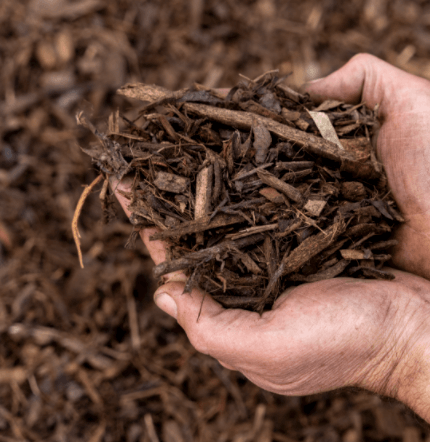
Mulch Fire Safety
Can mulch catch on fire by itself?
Mulch that is piled too deeply, more than a few inches, can build up heat and spontaneously catch fire. Mulch fires start more readily when the weather is hot and it has been dry for an extended time. … The distance between mulch piles keeps a fire from spreading from one pile to another, or to a building.
How do you stop mulch from catching on fire?
How Can We Help Prevent Mulch Fires? Smoke responsibly.
Water and mulch your plants on a regular basis to keep them moist.
Mulch with shredded hardwood or pine bark nuggets is less flammable.
Place fire-resistant receptacles in public areas, such as around your commercial property’s entrances.
Can old mulch spontaneously combust?
Mulch and wood chips are wood products which are continually decomposing, generating high temperatures. Because of this, a large enough pile of mulch or chips can create sufficient heat to spontaneously combust.
Mulch is a useful strategy that can help you keep your trees healthier and happier, as we’ve mentioned previously. Mulch aids in the reduction of water evaporation and the retention of soil moisture, as well as the prevention of soil compaction and the provision of a variety of organic compounds that nourish the tree.
Mulch also has a great appearance and is inexpensive, so there aren’t many reasons to avoid it. When using mulch, however, there is one thing to keep in mind: fire safety. Mulch that has been improperly kept or managed can catch fire, and many mulches can catch fire if an ember falls from the sky during a wildfire.
Mulch fires can also cause trees to catch fire, perhaps resulting in a disastrous situation. As a result, it’s critical to choose, store, monitor, and distribute mulch properly. Simply follow the three guidelines below to keep your mulch from causing issues.
Mulch fire safety tips
Pick one of the safest mulches on the market
Some mulches are completely safe in the event of a fire, whereas others are highly flammable and highly likely to combust in a big fire. Gravel or crushed rock, for example, will not catch fire until thrown into a volcano, while pine straw or shredded cedar mulches may catch fire if seen incorrectly. And while some mulches, such as shredded tires, appear to be fire-resistant, they are very combustible and burn at higher temperatures than other mulches.
Wood chips that have been composted are one of the greatest options. They are the most fire-resistant of the major mulches used by landscapers and tree-care specialists, and they are not significantly more expensive than similar materials.
Mulch should be applied correctly
To help prevent heat from building up around the base of your trees, put mulch in a relatively thin layer around them. A 2- to 10-centimeter-thick layer is optimal in most cases; thankfully, this is also an adequate quantity from the tree’s perspective. You should also avoid utilizing combustible mulches in the vicinity of your home or driveway (although gravel and other inorganic materials are still acceptable).
Furthermore, while dead trees provide a serious fire hazard and should always be removed as soon as possible, it is even more critical to remove any mulch that surrounds them as soon as feasible. If this mulch catches fire, the entire tree could easily be consumed by flames.
Bulk Mulch should be properly stored and monitored
After you’ve chosen your mulch, make sure to store it properly. Furthermore, because big mounds of mulch might spontaneously combust due to heat building in their cores, you should keep an eye on them on a regular basis for signs of heat buildup.
In general, proper storage entails reducing the size (height) of the pile as much as possible and storing it in a sun-protected region. This will minimize the amount of heat that builds up inside the pile and prevent sunlight from causing rapid evaporation. To assist limit the damage caused in the event of a fire, you should avoid planting significant amounts of mulch in close proximity to homes.
Once you’ve stacked the mulch in a secure location, keep an eye on it to make sure it’s not smoldering or showing indications of smoldering. Many professionals do this by using a temperature probe to look for hot places. If you see that any areas of the pile are getting too hot, you’ll need to take action to cool them down.
You can make sure the mulch pile is suitably moist, for example; many experts recommend keeping the moisture level at 50% to avoid combustion. You can also rotate the pile frequently to assist dissipate the heat generated inside.
In This Article


